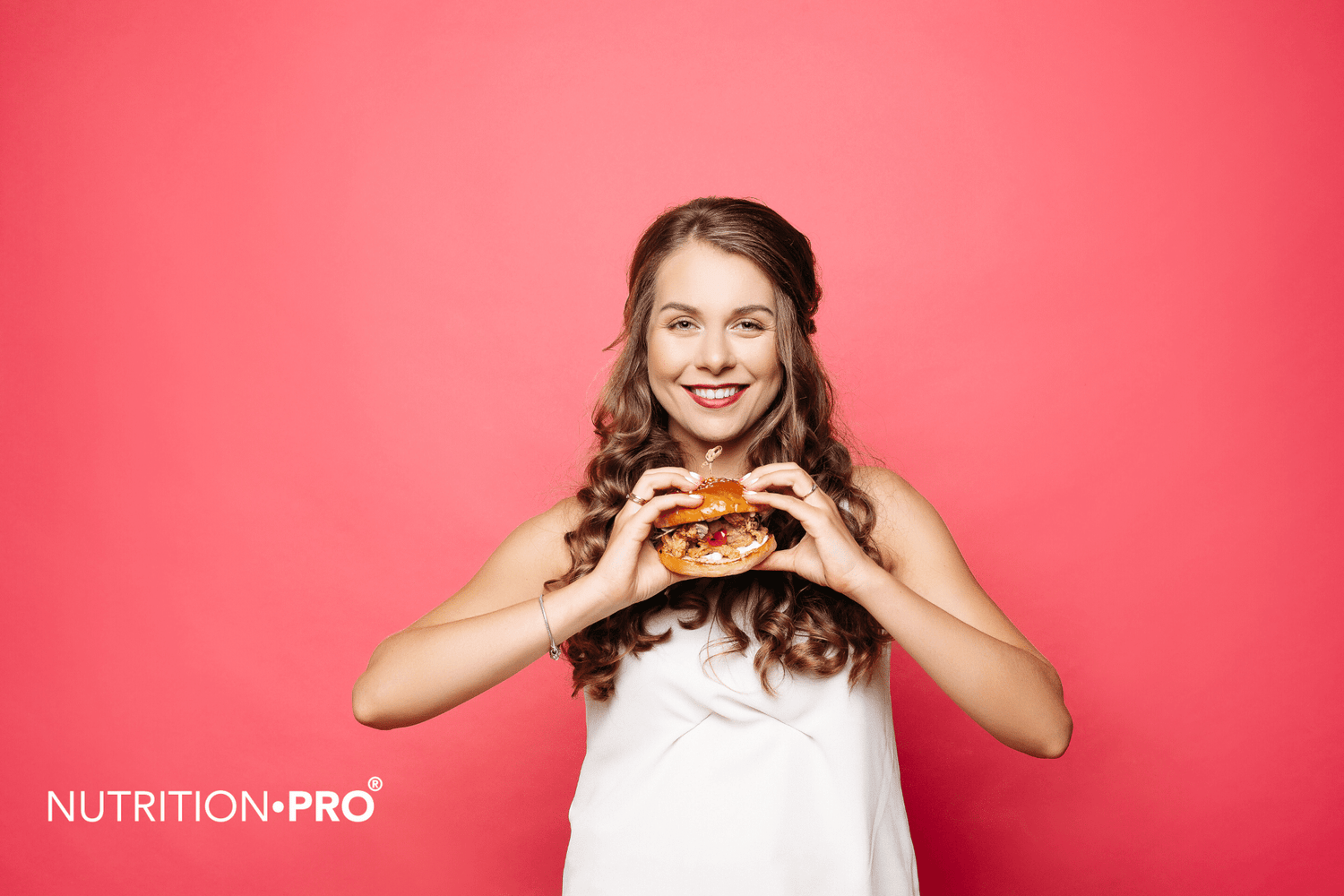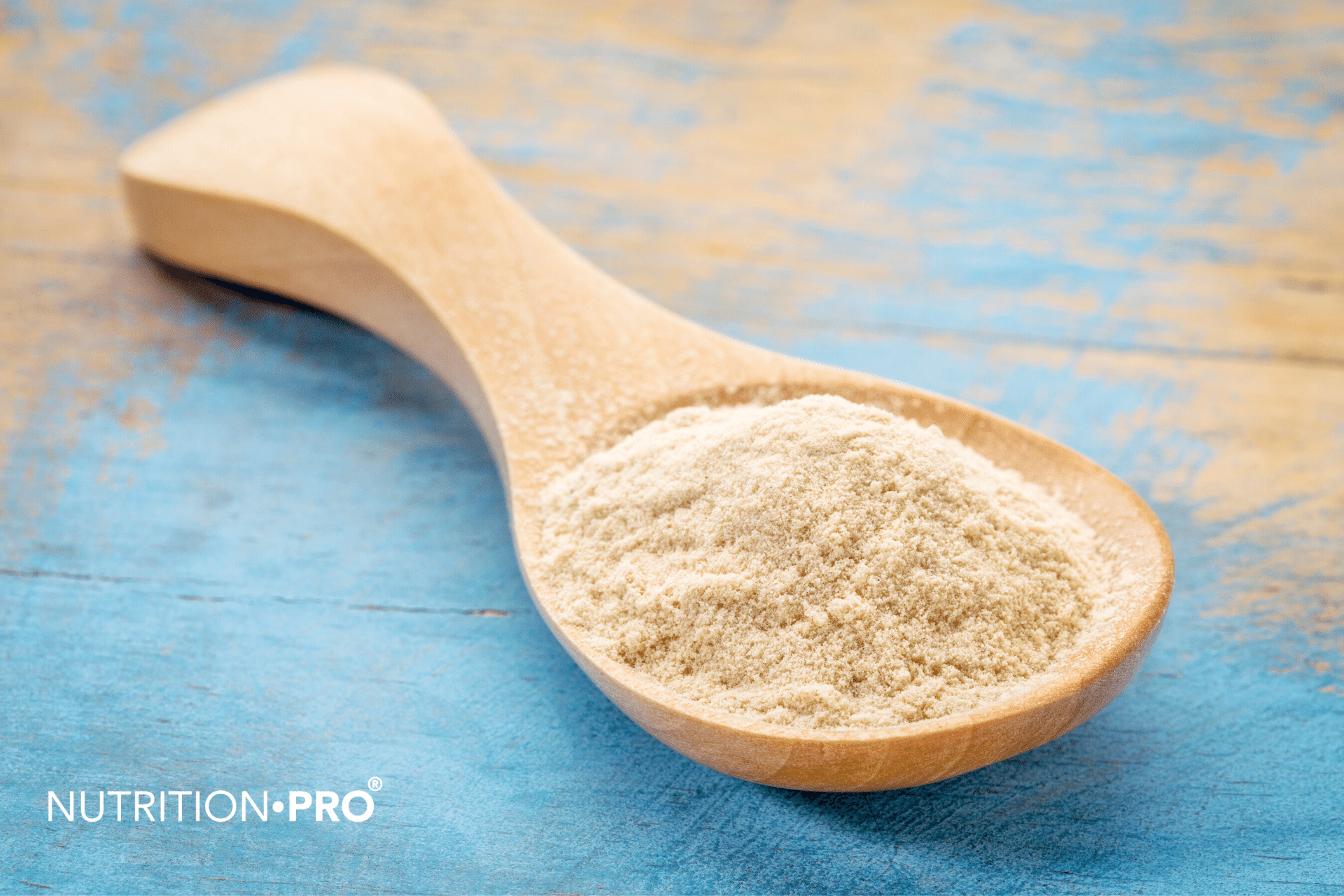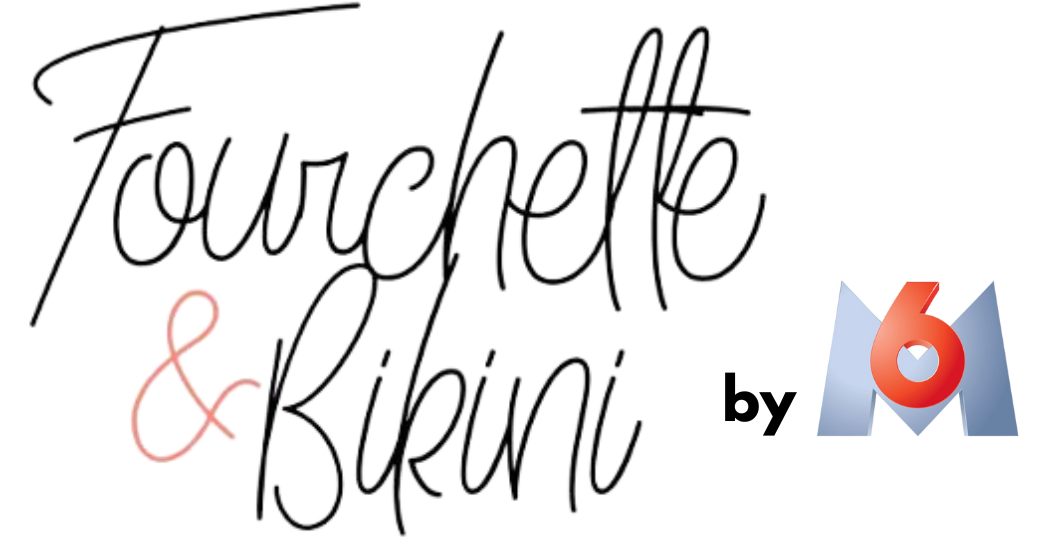Many nutrients are essential for good health.
Although it is possible to get most of them from a balanced diet , the typical Western diet is low in several very important nutrients.
This article lists 7 nutritional deficiencies that are incredibly common.
1. Iron deficiency
Iron is an essential mineral .
It is a large component of red blood cells, where it binds to hemoglobin and carries oxygen to your cells.
The two types of dietary iron are:
- Heme iron. This type of iron is very well absorbed. It is only found in foods of animal origin, with Red meat containing particularly high amounts.
- Non-heme iron. This type, found in both animal and plant foods, is more common. It is not absorbed as easily as heme iron.
iron deficiency is one of the most common nutrient deficiencies in the world, affecting more than 25% of people worldwide .
This number rises to 47% among preschoolers. Unless they receive iron-rich or iron-fortified foods, they are very likely to be iron deficient.
About 30% of menstruating women may also be deficient due to monthly blood loss, and up to 42% of young pregnant women may also be deficient.
Additionally, vegetarians and vegans have an increased risk of deficiency because they only consume non-heme iron, which is not absorbed as well as heme iron .
The most common consequence of iron deficiency is anemia , in which your red blood cell count and your blood's ability to carry oxygen decrease.
Symptoms typically include fatigue, weakness, a weakened immune system, and impaired brain function .
The best dietary sources of heme iron include :
- Red meat. 85 grams of ground beef provides nearly 30% of the Daily Value (DV).
- Organ meat. (81 grams of liver gives more than 50% of the DV.
- Seafood. Clams, mussels and oysters are excellent sources of heme iron , 85 grams of cooked oysters contain around 50% of the DV.
- Canned sardines. 106 grams can offer 34% of the DV.
The best food sources of non-heme iron include:
- Beans. A half cup (85 grams) of cooked kidney beans provides 33% of the DV.
- Seeds. Pumpkin, sesame and squash seeds are good sources of non-heme iron. 28 grams of roasted pumpkin or squash seeds contain 11% of the DV.
- Dark, leafy greens. Broccoli, kale and spinach are rich in iron. 28 grams of kale costs provide 5.5% of DV.
However, you should never supplement your nutrition with iron unless you really need it. too much iron can be very harmful.
Vitamin C can improve iron absorption . Eating vitamin C-rich foods like oranges, kale, and bell peppers alongside iron-rich foods can help maximize your iron absorption.
2. Iodine deficiency
Iodine is an essential mineral for normal thyroid function and the production of thyroid hormones .
Thyroid hormones are involved in many bodily processes, such as growth, brain development, and bone maintenance. They also regulate your metabolic rate.
Iodine deficiency is one of the most common nutrient deficiencies , affecting almost a third of the world's population .
The most common symptom of iodine deficiency is an enlarged thyroid, also known as goiter. It can also cause an increased heart rate, shortness of breath, and weight gain .
Severe iodine deficiency is linked to serious damage, especially in children. This deficiency can cause mental retardation and developmental abnormalities .
Good food sources of iodine include :
- Seaweed. Just 1 gram of kelp contains 460-1000% of the DV.
- Fish. 85 grams of cooked cod provides 66% of the DV.
- Dairy. One cup (245 grams) of plain yogurt provides about 50% of the DV.
- Eggs: A large egg contains 16% of the DV.
However, these amounts can vary considerably. As iodine is mostly found in soil and ocean water, iodine-poor soil will result in iodine-poor food.
Some countries require the fortification of table salt with iodine, which has been successful in reducing the incidence of deficiency .
3. Vitamin D deficiency
Vitamin D is a fat-soluble vitamin that works like a steroid hormone in your body.
It travels through your bloodstream and into cells, telling them to turn genes on or off. Almost every cell in your body has a receptor for vitamin D.
Vitamin D is produced from cholesterol in your skin when exposed to sunlight. Thus, people who live far from the equator are likely to be deficient unless their dietary intake is adequate or they supplement with vitamin D supplements .
About 42% of people worldwide may be deficient in this vitamin. This number rises to 74% in older people and 82% in dark-skinned people because their skin produces less vitamin D in response to sunlight .
Vitamin D deficiency is usually not obvious because its symptoms are subtle and can develop over years or decades .
Adults who are vitamin D deficient may experience muscle weakness, bone loss and an increased risk of fractures. In children, this deficiency can cause growth retardation and soft bones (rickets) .
Additionally, vitamin D deficiency may play a role in reduced immune function and increased risk of cancer .
Although very few foods contain significant amounts of this vitamin, the best food sources of vitamin D are :
- Cod liver oil. A single tablespoon (15ml) contains 227% of the DV.
- Oily fish. Salmon, mackerel, sardines and trout are rich in vitamin D. A small 85 gram serving of cooked salmon provides 75% of the DV.
- Egg yolks. A large egg yolk contains 7% of the DV.
Deficient people may want to take a supplement or increase their sun exposure. It's hard to get sufficient quantities only by food.
4. Vitamin B12 deficiency
Vitamin B12 , also known as cobalamin, is a water-soluble vitamin.
It is essential for blood formation, as well as brain and nerve function.
Every cell in your body needs B12 to function normally, but your body is unable to produce it. Therefore, you need to get it from food or supplements.
B12 is only found in sufficient amounts in animal feed, although certain types of algae can supply small amounts. Therefore, people who do not eat animal products are at increased risk of deficiency.
Studies indicate that up to 80-90% of vegetarians and vegans may be deficient in vitamin B12 .
More than 20% of older adults may also be deficient in this vitamin because absorption decreases with age .
The absorption of B12 is more complex than that of other vitamins because it is facilitated by a protein known as intrinsic factor. Some people lack this protein and therefore may need B12 injections or higher doses of supplements.
A common symptom of vitamin B12 deficiency is megaloblastic anemia, which is a blood disorder that enlarges your red blood cells.
Other symptoms include impaired brain function and elevated levels of homocysteine, which is a risk factor for several diseases .
Food sources of vitamin B12 include :
- Seafood. Clams and oysters are rich in vitamin B12. An 85 gram serving of cooked clams provides 1400% of the DV.
- Organ meat. A 60 gram slice of liver contains over 1000% of the DV.
- Meat. A small beef steak of 170 grams offers 150% DV.
- Eggs. A whole egg provides about 6% of the DV.
- Dairy products. A cup (240 ml) of whole milk contains about 18% DV.
Vitamin B12 is not considered harmful in large amounts because it is often poorly absorbed and easily excreted.
5. Calcium deficiency
Calcium is essential for every cell in your body. It mineralizes bones and teeth, especially during times of rapid growth. It is also very important for bone maintenance.
In addition, calcium serves as a signaling molecule. Without it, your heart, muscles and nerves could not function.
The calcium concentration in your blood is tightly regulated and any excess is stored in the bones. If your intake is lacking, your bones will release calcium.
This is why the most common symptom of a calcium deficiency is osteoporosis, characterized by softer and more fragile bones.
A survey found that less than 15% of teenage girls, less than 10% of women over 50, and less than 22% of teenage boys and men over 50 met the recommended calcium intake .
Although calcium supplementation increased these numbers slightly, most people were still not getting enough calcium.
The most serious symptoms of dietary calcium deficiency include soft bones (rickets) in children and osteoporosis, especially in older people .
The food sources of calcium include :
- Boneless fish. A can (92 grams) of sardines contains 44% of the DV.
- Dairy products. A cup (240 ml) of milk provides 35% of the DV.
- Dark green vegetables. Kale, spinach, bok choy and broccoli are rich in calcium. Just 28 grams of fresh kale provides 5.6% of the DV.
Although it is better to get calcium from food rather than supplements, calcium supplements seem to benefit people who don't get enough of it .
6. Vitamin A deficiency
Vitamin A is an essential fat-soluble vitamin. It helps form and maintain healthy skin, teeth, bones and cell membranes. Additionally, it produces eye pigments necessary for vision .
There are two different types of vitamin A eating :
- Preformed vitamin A. This type of vitamin A is found in animal products such as meat, fish, poultry and dairy products.
- Pro-vitamin A. This type is found in plant-based foods like fruits and vegetables. Beta-carotene, which your body converts into vitamin A, is the most common form.
More than 75% of people who follow a Western diet get more than enough vitamin A and don't have to worry about a deficiency .
However, vitamin A deficiency is very common in many developing countries. About 44–50% of preschoolers in some areas are vitamin A deficient . This number is around 30% among Indian women .
Vitamin A deficiency can cause temporary and permanent eye damage and can even lead to blindness. In fact, this deficiency is the leading cause of blindness in the world.
Vitamin A deficiency can also suppress immune function and increase mortality, especially in children and pregnant or breastfeeding women .
Food sources of preformed vitamin A include :
- Organ meat. A 2 ounce (60 gram) slice of beef liver provides over 800% of the DV.
- Fish liver oil. One tablespoon (15ml) contains about 500% of the DV.
Food sources of beta-carotene (pro-vitamin A) include:
- Sweet potatoes. An average 170 gram boiled sweet potato contains 150% of the DV.
- Carrots. A large carrot provides 75% of the DV.
- Dark green leafy vegetables. 28 grams of fresh spinach provides 18% of the DV.
Although getting enough of this vitamin is very important, too much preformed vitamin A can cause toxicity.
This does not apply to provitamin A, such as beta-carotene. A high intake may turn your skin slightly orange, but this effect is not dangerous.
7. Magnesium deficiency
Magnesium is a key mineral .
Essential for the structure of bones and teeth, it is also involved in more than 300 enzymatic reactions .
Almost half of the population consumes less than the required amount of magnesium .
Low intake and blood levels of magnesium are associated with several conditions, including type 2 diabetes, metabolic syndrome, heart disease, and osteoporosis .
Low levels are especially common in hospitalized patients. Some studies find that 9-65% of them are deficient .
Deficiency can be caused by illness, drug use, reduced digestive function, or insufficient magnesium intake .
The main symptoms of a severe magnesium deficiency include abnormal heartbeat, muscle cramps, restless leg syndrome, fatigue, and migraines .
More subtle long-term symptoms that you may not notice include insulin resistance and high blood pressure.
The food sources of magnesium include :
- Whole grains. One cup (170 grams) of oats contains 74% of the DV.
- Hazelnut. Twenty almonds pack 17% of the DV.
- Dark chocolate. 30 grams of dark chocolate provides 15% of the DV.
- Dark green leafy vegetables. 30 grams of raw spinach provides 6% of the DV.
The essential
It is possible to be deficient in almost any nutrient. That said, the shortcomings listed above are by far the most common.
Children, young women, older adults, vegetarians and vegans seem to be most at risk of multiple deficiencies .
The best way to prevent deficiencies is to follow a balanced diet that includes nutrient-dense whole foods . However, supplements may be needed for those who cannot get enough from food alone.















